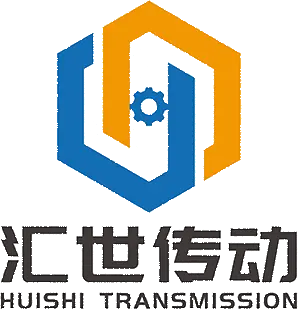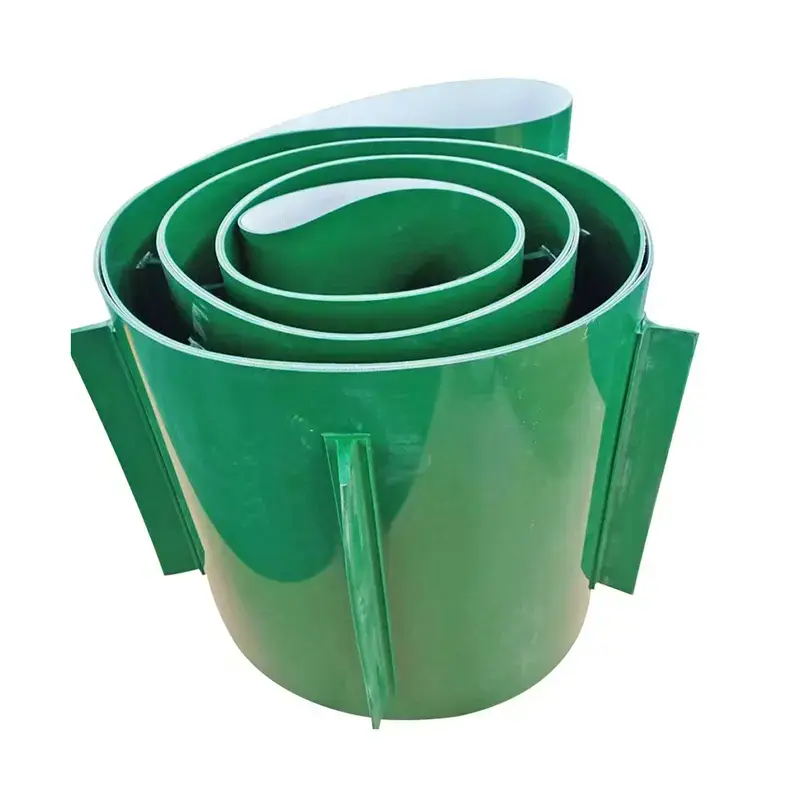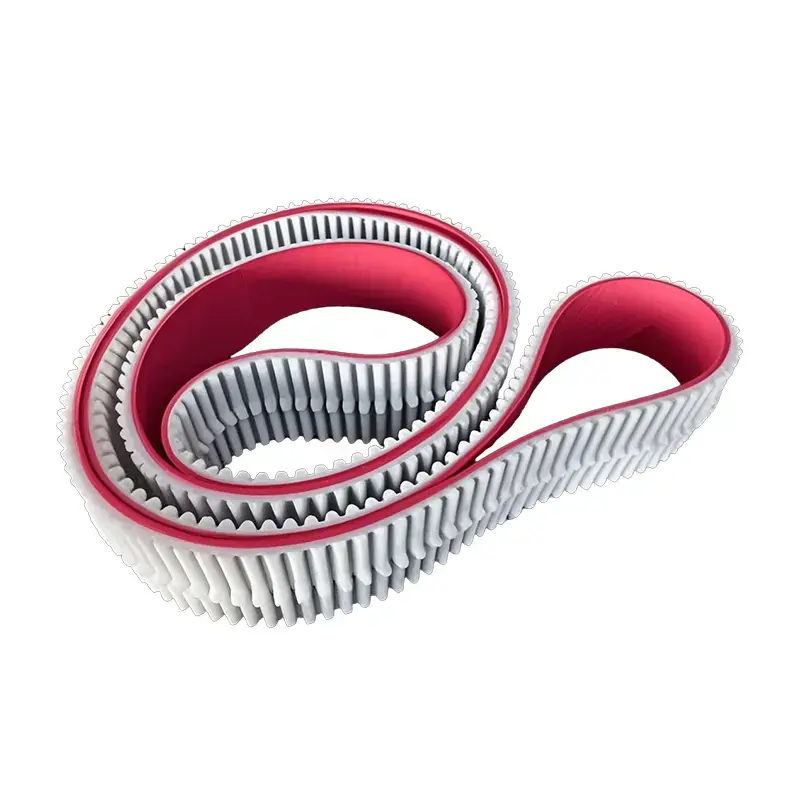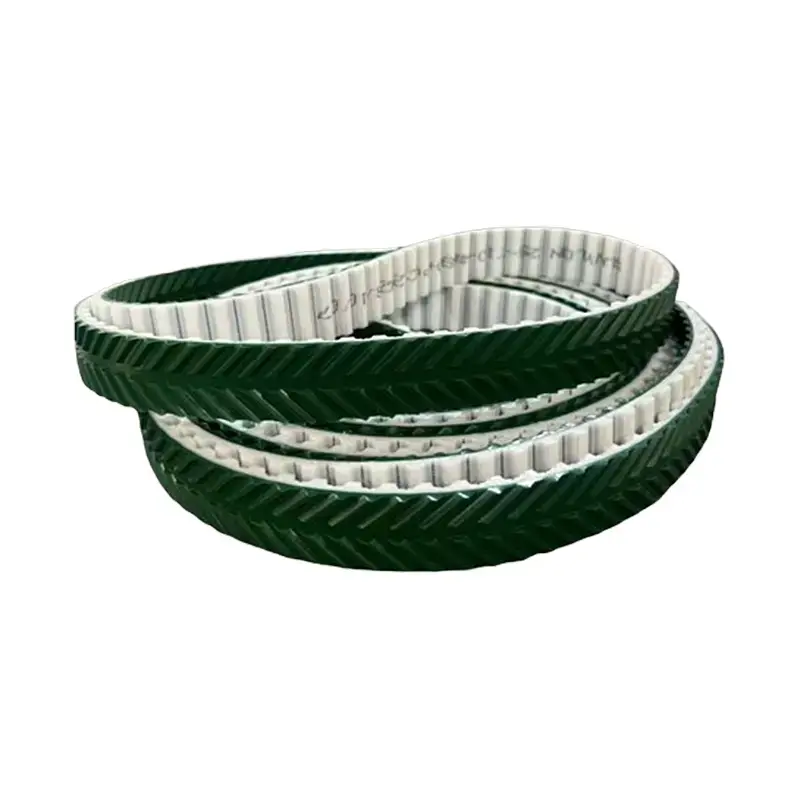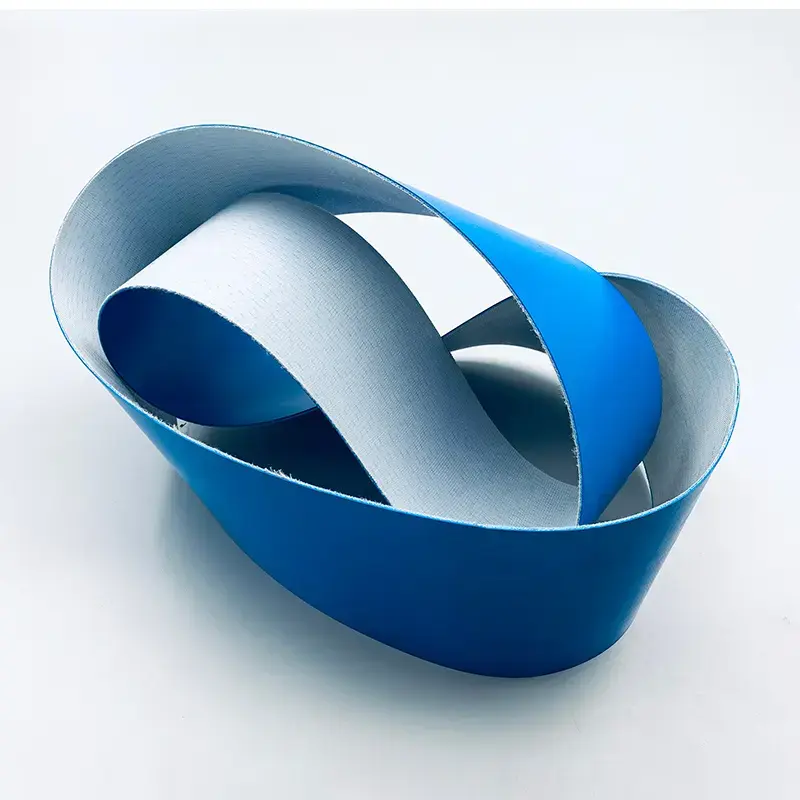 +86-19862000127
+86-19862000127 Maximizing Production Efficiency with Flat Belt Conveyor Systems
In modern manufacturing and logistics, efficiency and reliability are crucial. Flat Belt Conveyor systems have emerged as essential tools for industries aiming to streamline material handling. Designed to transport products smoothly and consistently, these systems reduce labor costs and minimize production downtime. Understanding their features, applications, and advantages can help businesses optimize operations and improve overall workflow.
Key Features of Flat Belt Conveyor Systems
Flat belt conveyors are distinguished by several notable features:
-
Durable Belt Material – High-quality rubber, PVC, or PU for long-lasting performance.
-
Adjustable Speed – Motor-driven belts allow precise control for different production requirements.
-
Smooth and Continuous Transport – Ideal for fragile or uniform products.
-
Easy Maintenance – Modular design for quick belt replacement and cleaning.
-
Versatile Configuration – Can integrate into complex layouts, including curves or inclines.
Applications Across Industries
Flat belt conveyors are widely used across multiple sectors:
-
Food & Beverage – Transporting packaged goods and raw materials hygienically.
-
Automotive – Moving components and assemblies along production lines.
-
Electronics – Safe transport of delicate items to avoid damage.
-
Logistics & Warehousing – Efficient order fulfillment and sorting operations.
-
Pharmaceuticals – Reliable handling of packaged medicines and consumables.
Advantages of Implementing Flat Belt Conveyor Systems
Investing in flat belt conveyors offers numerous operational benefits:
-
Improved Efficiency – Continuous transport reduces handling time.
-
Cost Savings – Minimizes labor and operational costs.
-
Flexibility – Adjustable to meet different production demands.
-
Enhanced Safety – Smooth transport reduces product damage and workplace hazards.
-
Scalability – Expandable as production volume grows.
Conclusion
Flat belt conveyor systems provide a versatile, reliable, and efficient solution for modern material handling. Their adaptability, safety, and cost-effectiveness make them indispensable for industries ranging from food processing to automotive manufacturing. Implementing the right conveyor system can enhance production workflows, reduce costs, and increase overall operational efficiency.
FAQ
Q1: What types of products are best suited for flat belt conveyors?
A: Flat belt conveyors are ideal for packaged, uniform, or fragile items, including food, automotive parts, electronics, and pharmaceuticals.
Q2: How should flat belt conveyors be maintained?
A: Regular cleaning, checking belt tension, and lubricating moving parts are essential for long-term performance.
Q3: Can flat belt conveyors handle curves or inclines?
A: Yes, with the proper belt material and pulley setup, they can accommodate both inclines and curves.
Q4: Why choose flat belt conveyors over roller conveyors?
A: Flat belt conveyors provide smoother transport, reduce product damage, allow speed adjustments, and are easier to maintain compared to roller conveyors.



